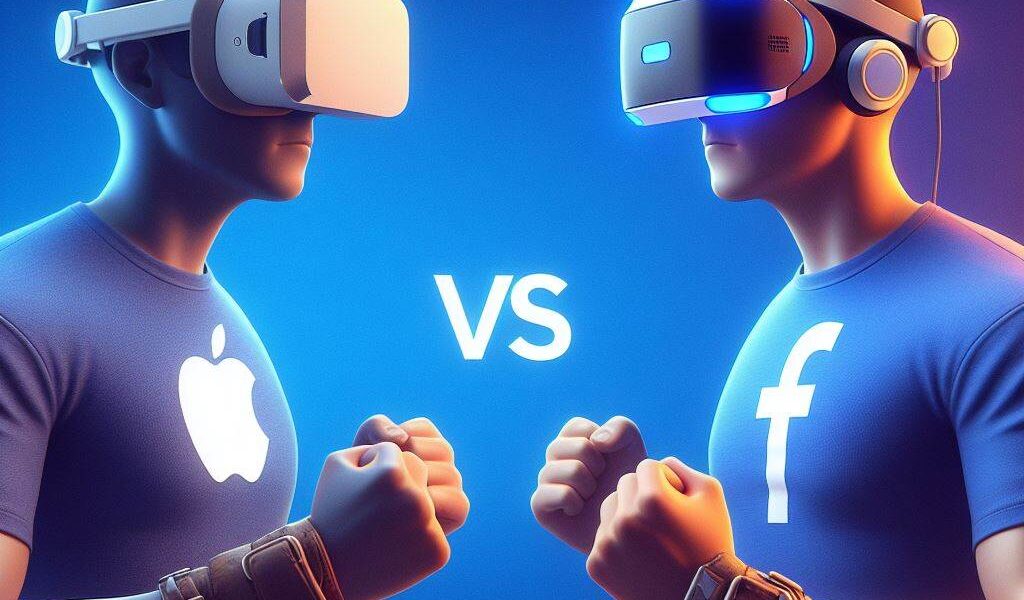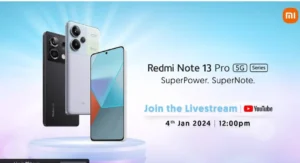
Just as you’d choose between a sportscar and an all-terrain vehicle depending upon your needs, understanding the differences between the Apple Vision Pro (AVP),
a slick luxury sports car of a headset, and the Meta Quest 3 (Q3), a gnarled Achtung Baby-era all-terrain vehicle of a headset, is key to having a viable ride.
Price Point: Worlds Apart
This is an expensive gadget and, at $3499(INR 2,90,520.12) , the AVP clearly aims at the luxury end of the market, the bleeding-edge early adopter who can drop three grand on a VR setup. By contrast, $499(INR 41,502.88) for the Q3 firmly establishes it in the mainstream VR arena.
Purpose-Built Experiences:
The Apple Vision Pro is not just a VR headset. It’s a view into the future of computing, with a productivity side and a gaming side. A future focused on productivity should capitalise on the strengths of the Apple ecosystem. You sit at your desk editing documents, attend your meetings virtually, create 3D artwork. The Q3 has productivity apps, but they’re really just a taste of what will be possible. The Quest 3 future is designed for gaming. The Q3’s massive library of games are a portal to a virtual world. Controls are intuitive.
Seeing in Different Lights:
While both HMDs look excellent, each has a different take. AVP’s dual micro-OLED displays get high marks for clarity and saturation, but some color mura and screen smear remain ineradicable issues. The Q3’s LCD screen is grayer and muddier, but its resolution and visual fidelity is good for LCD. Its field of view is wide as well.
Reality Check: Passthrough Prowess:

The other thing real-world passthrough does for AR experiences is critical: it gives you a sense of the real world around you filtering through your headset (hence passthrough). Again, as before, the AVP wins round two here. You get a view of the real world that looks more ‘window-like’ than head-worn screenlike. Q3’s passthrough is fine but it can look washed out.
Software Savvy:
Its interface, known as VisionOS, is elegant and slick: tightly integrated with Apple’s service offerings and feeling just right from the start. The OS lives, as they do, in an almost fantastical world.In the immersive VR realm, the Q3 operating system sheds unnecessary features to become a lean, mean interaction machine. It’s built with laser focus on functionality and ease of use, stripping away anything that might clutter your virtual experience.
The final word: Choosing a track
There is not a single best headset. Your choice should be based on your preferences and how much you are willing to spend.
If you are an AR fan with lots of money, Apple’s AVP is an amazing pick since it has the latest technology and integration with their devices. Do not be shy to consider yourself as a beginner and do not worry about possible discomfort that may arise at first, just be prepared for it and ready to evolve!
For the adventurous: If you prefer to play and experience full VR but do not wish to spend a lot of money, Q3 can be your very first portal. With an extensive number of games available in its game library, straightforward controls, and a broad field of view, it would certainly offer a captivating VR experience for explorers.
Don’t forget that the world of VR does not stand still. Technological advancements are pushing the boundaries, making both AVP and Q3 exciting leaps forward. However, the “best” choice isn’t preordained. Instead, it’s likely to be determined by the dynamic landscape of future technology itself. Therefore, you should opt for the one that suits your needs at present and brace yourself to experience the wonders of VR.








